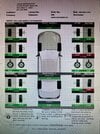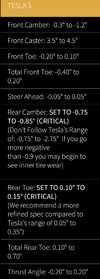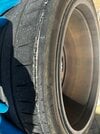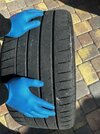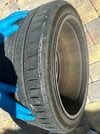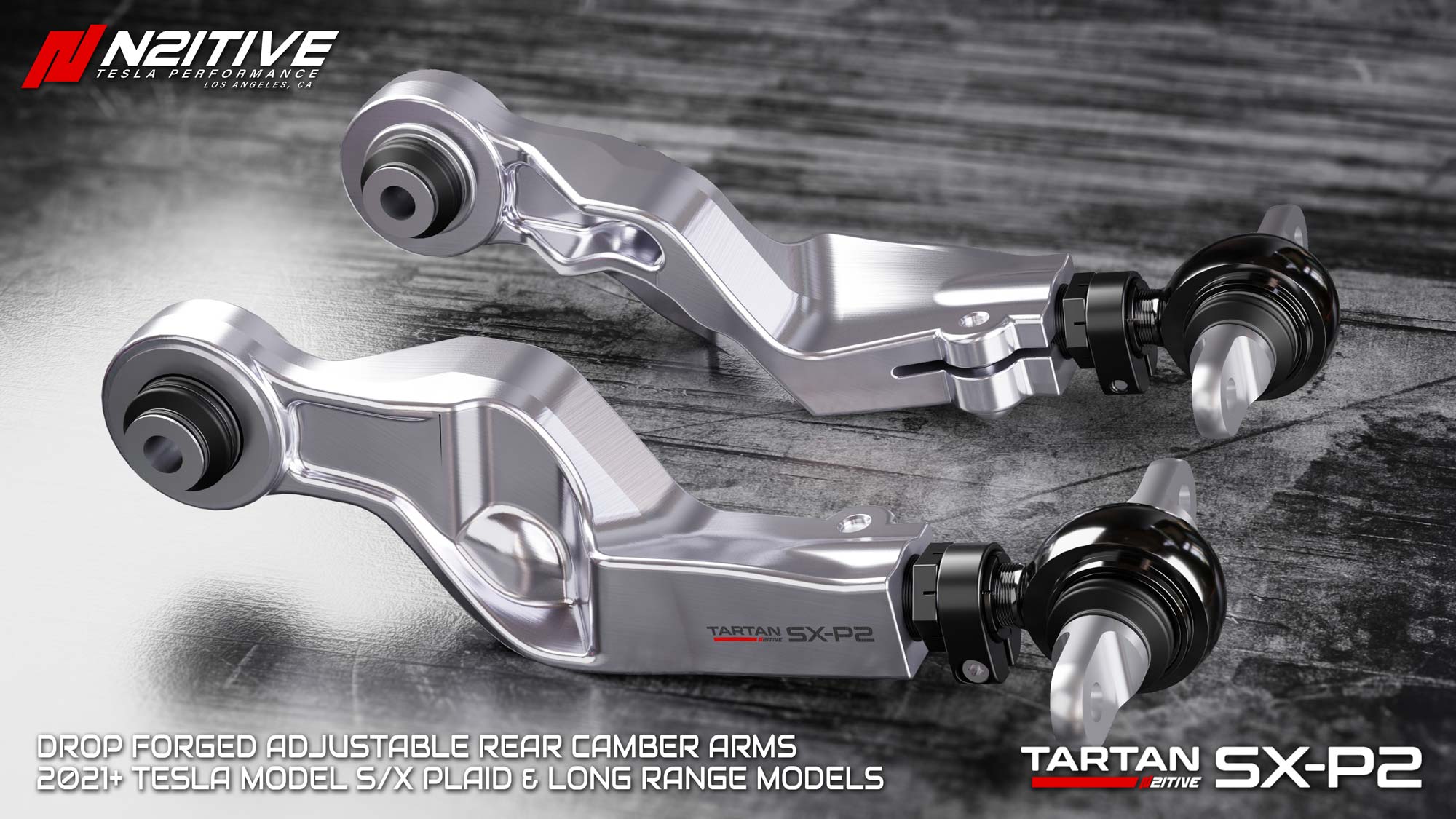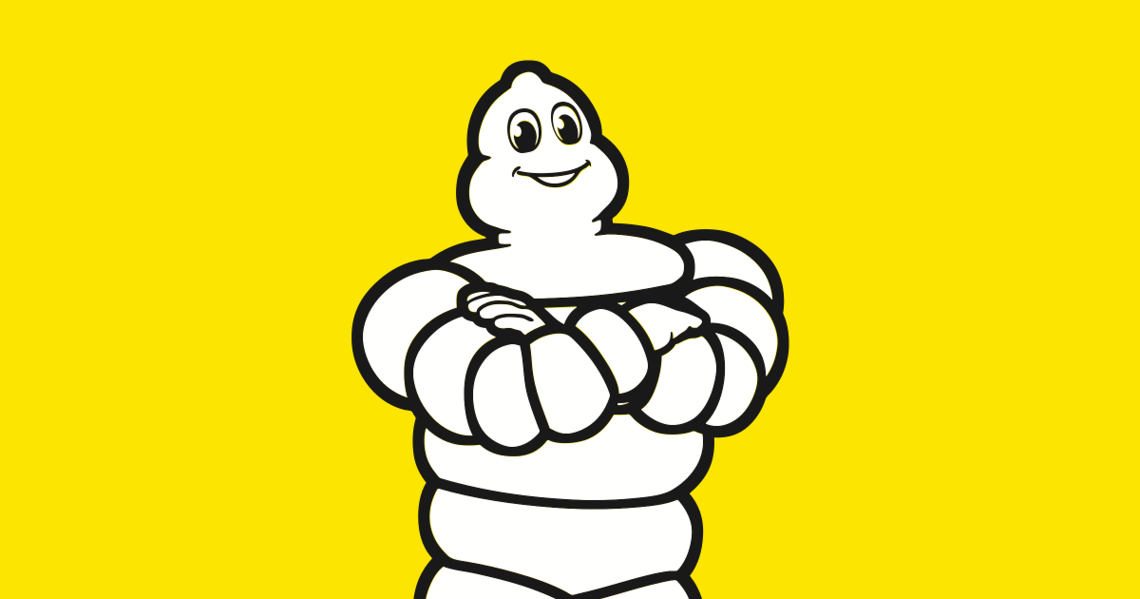Couple of errors:
You wrote:
Anywhere from 5,000-15,000 miles you will develop a slow leak that progressively worsens over about a week’s timeframe in your rear driver/passenger tire. After about a week, the tire will totally fail at the tread-sidewall seam.
I'd suggest that you should have written:
Anywhere from 5,000-15,000 miles you MAY develop a slow leak that progressively worsens over A PERIOD OF WEEKS OR MONTHS timeframe in ONE OR BOTH OF YOUR REAR TIRES. After AN INDETERMINATE PERIOD, THE TIRES MAY totally fail at the tread-sidewall seam,
which may occur without any previous pressure loss (although that appears to be the vast minority of these cases).
Also:
For now, the best course of action with the OEM 21" Michelin OEM tire used on the refresh Model S is to:
1. Inspect the inside sidewall/tread area regularly (at least every few hundred miles) as the separation may occur in an area that is perhaps at the top of the tire, hidden in the wheel well.
2. Immediately report any defects, such any lathing or wear at that area, unexplained pressure loss, etc. to Michelin via their Customer Support website or phone number:
Enjoy peace of mind throughout the life of your tires when you shop car tires, truck tires & SUV tires online with Michelin today! Find a location!

www.michelinman.com
3. Recommend also doing so at the NHTSA website as well for maximum visibility on this safety defect:
File a complaint with NHTSA if you experienced a vehicle, tire, car seat or equipment safety problem that could be a safety defect.

www.nhtsa.gov
4. Also file a claim for warranty replacement of your tire(s) promptly due to limited supplies of these tires and long delays in replacement arrivals. (FYI: Discount Tire is usually very familiar and quite good at this.)



